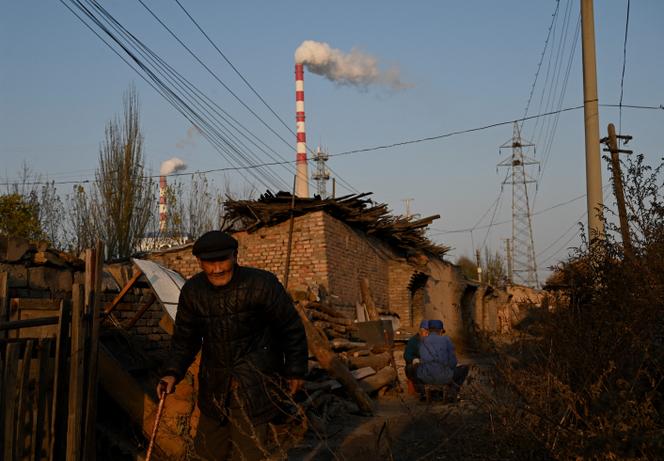


Ahead of COP28, which opens in Dubai on Thursday, November 30, China, the world's largest emitter of greenhouse gases, is multiplying gestures of goodwill and declarations of intent but refusing to make binding commitments.
On November 7, China, the main emitter of methane, published its "action plan" to reduce emissions of the gas. In it, Beijing pledged to "effectively improve" its methane monitoring and control systems during the five-year plan period up to 2025 and then to "significantly improve" them during the subsequent five-year period (2026-2030). The aim is for the annual use of the gas in coal mines to reach six billion cubic meters by 2025.
The figure should be treated with caution, however, as China does not disclose the current use volume. Since 2014, Beijing has not reported on methane emissions from coal mines. The world's main coal producer and consumer is logically the main emitter of methane produced by this activity. According to the Gobal Energy Monitor, the Shanxi province in North China alone emits almost as much methane as the rest of the world.
Without the closure of coal mines and power plants, any reduction in methane emissions is largely illusory, according to Global Energy Monitor experts. Beijing has not committed to a precise timetable. At COP27 in Egypt in 2022, China was not among the 150 countries that pledged to reduce their methane emissions by 30% before 2030.
In Dubai, expectations directed at China are focused on coal in particular. Since the summer of 2022, Beijing has been authorizing the construction of new coal-fired power plants. According to a report published at the end of August by the Global Energy Monitor and the Center for Research on Energy and Clean Air (CREA), China is greenlighting an average of two new coal-fired power plants a week, which can only make it more difficult to achieve the targets the country has set for itself, which are to reach peak carbon emissions before 2030 and achieve carbon neutrality by 2060.
On a brighter note, Lauri Myllyvirta, China specialist at CREA, predicts that the country could see its CO2 emissions fall "as early as 2024" due to current demand driven by industry and no longer by the coal-intensive construction sector (cement and steel) as well as by a record increase in the number of solar and wind-powered energy plants.
According to Myllyvirta, the uncertainty lies in the parallel investments being made in coal-fired power plants. It remains to be seen whether, once operational, these plants will operate at full capacity or play only a marginal role in power generation in the years ahead.
You have 55% of this article left to read. The rest is for subscribers only.
